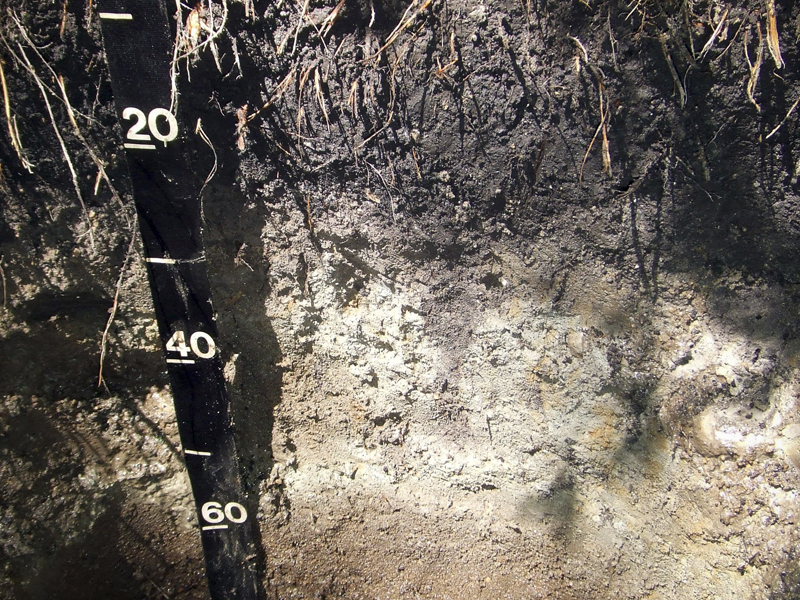Soil Science
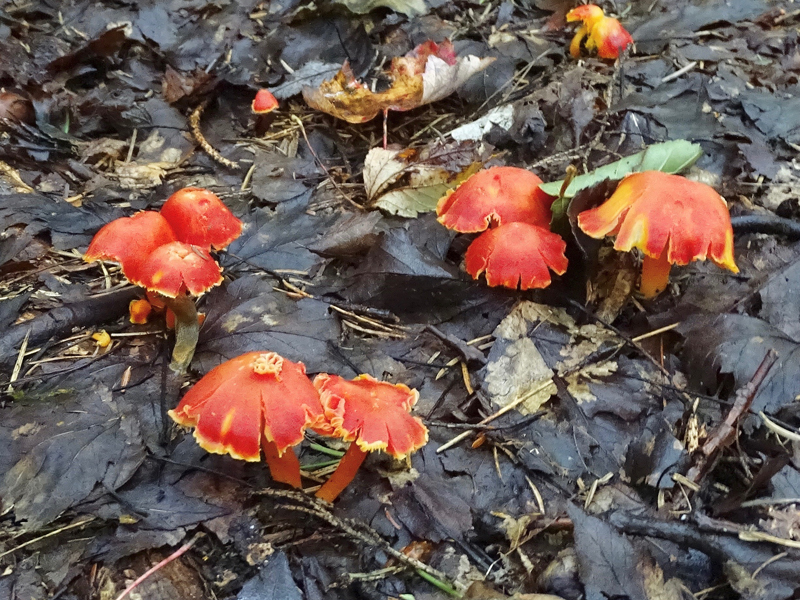
When we think of climate change, we tend to think about greenhouse gases, fossil fuels and pollution. Most of us don’t think about fungi.

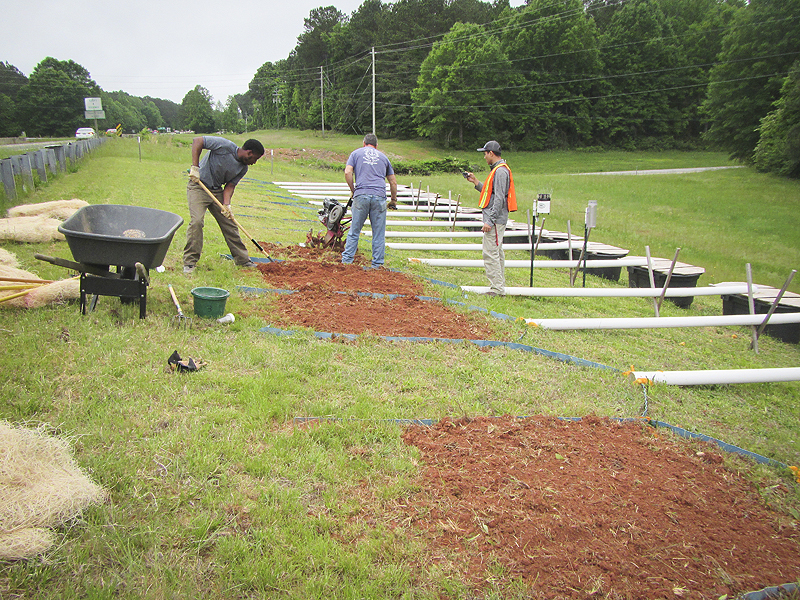
Everyone hates road construction, even the soils and bodies of water around the roads. Paved roads can’t absorb water, so that responsibility falls to the soil next to the road. Unfortunately, those soils are often damaged during construction.

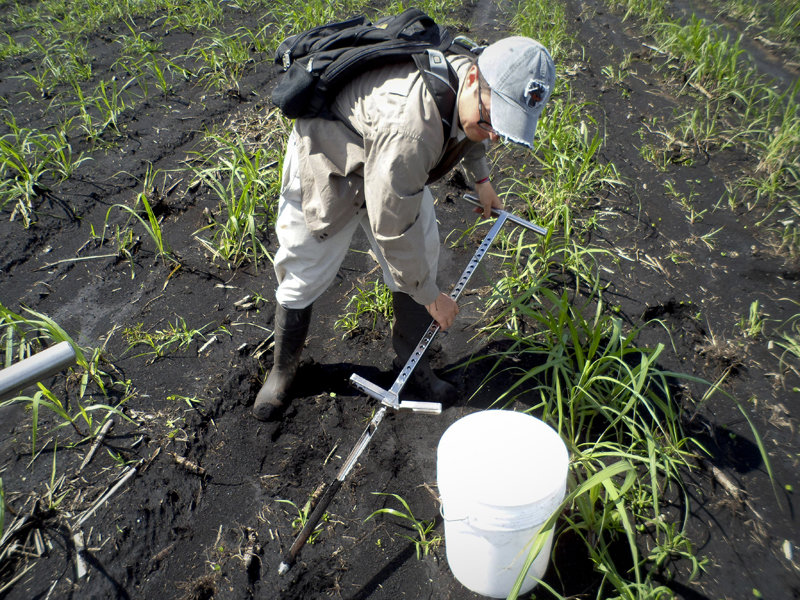
Characterized by alligators, airboats, and catfish, the Everglades is a region of swampy wetlands in southern Florida. In addition to the area’s role in Florida’s tourism industry, the Everglades play a significant part in protecting our environment – through carbon sequestration.
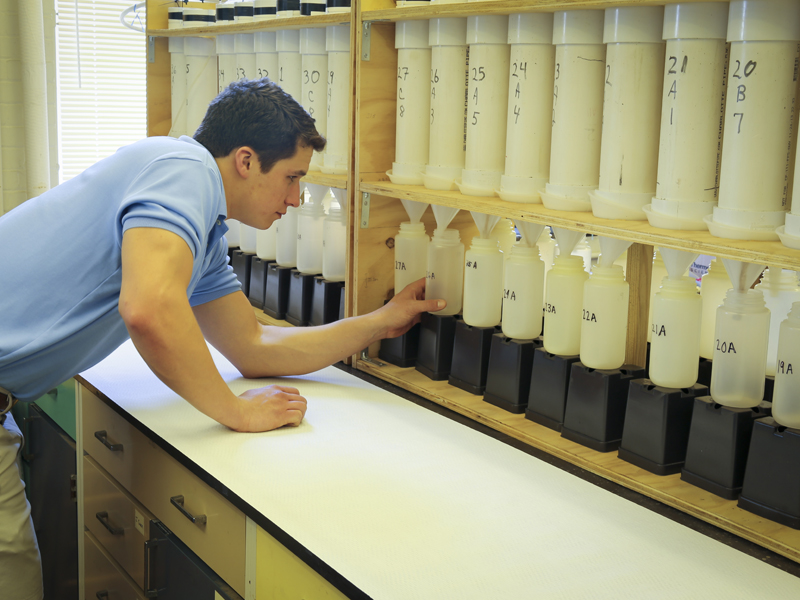
You may have heard how excess nutrients, such as phosphorus, can run off of crop fields. This can cause harm when the nutrients end up in rivers and lakes. However, there are other sources of excess nutrients you might not think of, such as the pots nursery plants come in.
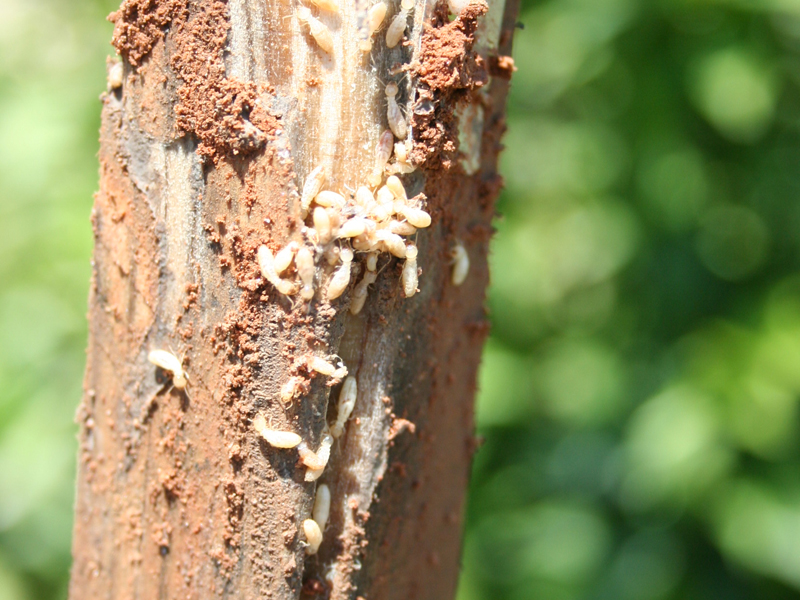
Termites are unwelcome in your home. They can cause structural damage to the wood in frames, floors and other materials. It’s nothing personal, though. They are really just looking for food sources.
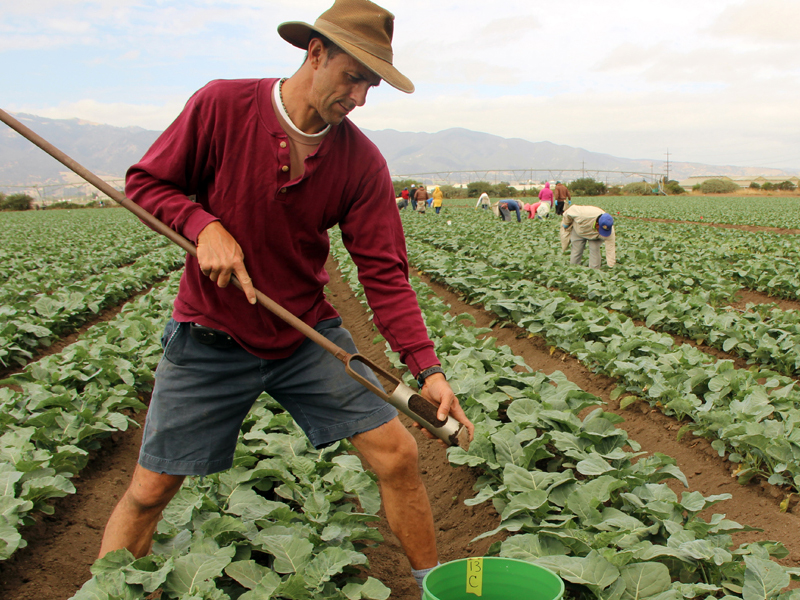
Soil organic matter has long been known to benefit farmers. The carbon in this organic matter acts as a food source for soil microbes, which then provide other nutrients to the crops grown. Microbes, insects and small soil critters produce materials that can improve soil structure and water retention. It’s a healthy ecosystem every farmer wants to encourage.
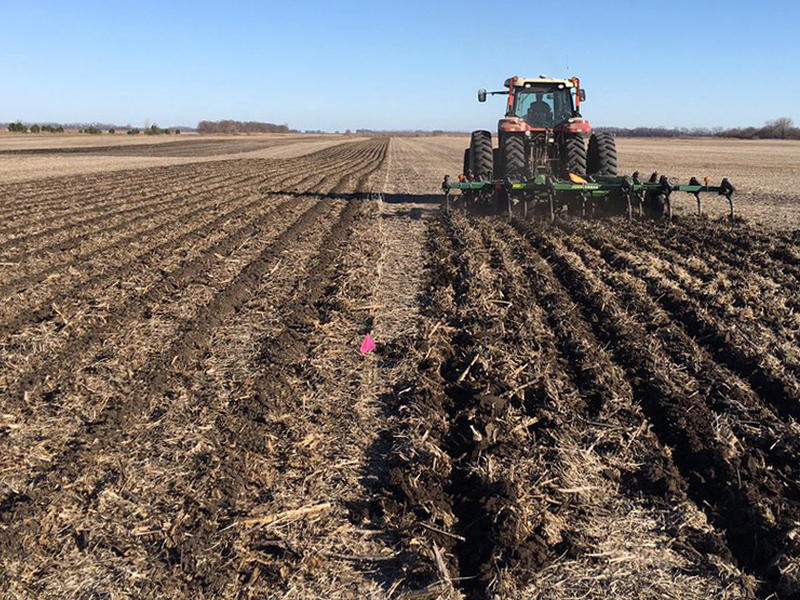
Just as we blend, cut, and fold ingredients together to follow a recipe, farmers use equipment to stir together soil and crop residue (stalks and roots of previous crops) before planting. This mechanical action is called tillage.
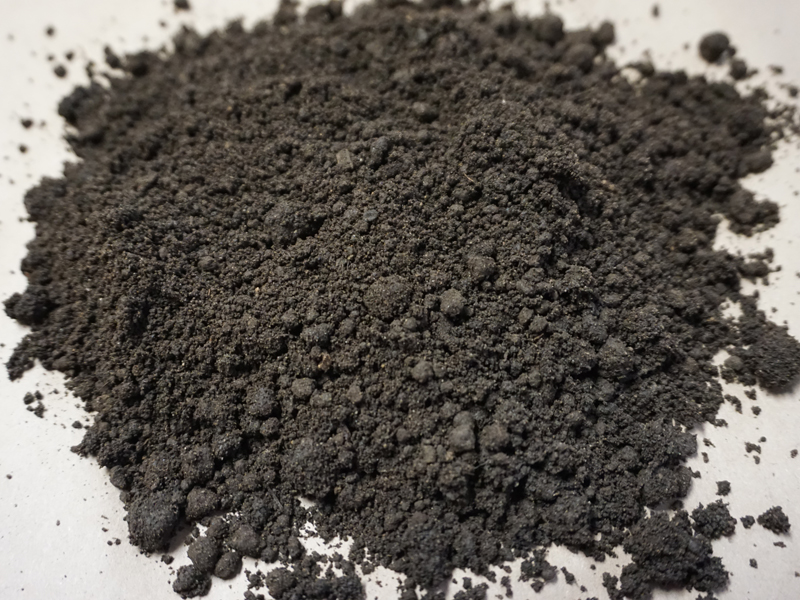
The “zero waste” trend could have a friend in the form of biosolids. Biosolids are the materials produced after domestic waste is treated in urban wastewater systems. In the past, most of this solid material was transferred to landfills. But, processes developed over the past few decades can create “exceptional quality” biosolids.

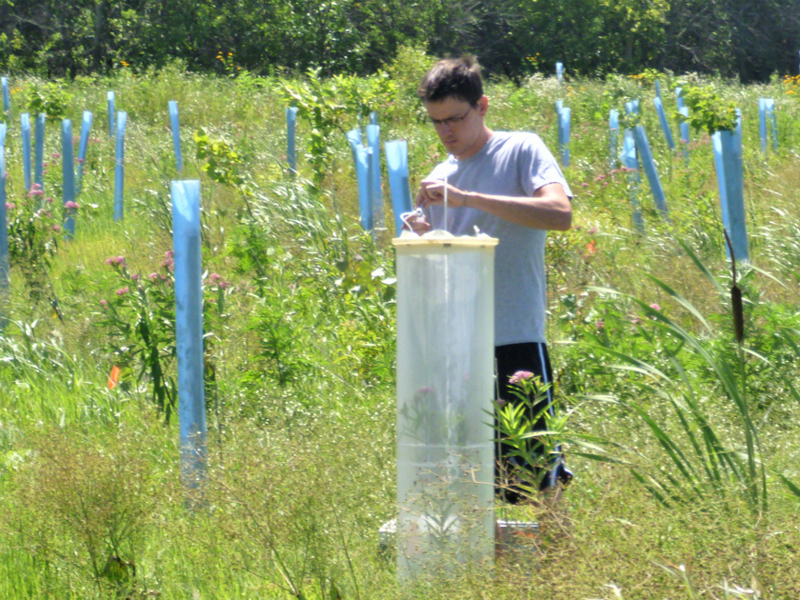
Wetlands are an important part of the Earth’s natural water management system. The complex system of plants, soil, and aquatic life serves as a reservoir that captures and cleans water. However, as cities have expanded, many wetlands were drained for construction. In addition, many areas of land in the Midwest were drained to increase uses for agriculture to feed a growing world.

